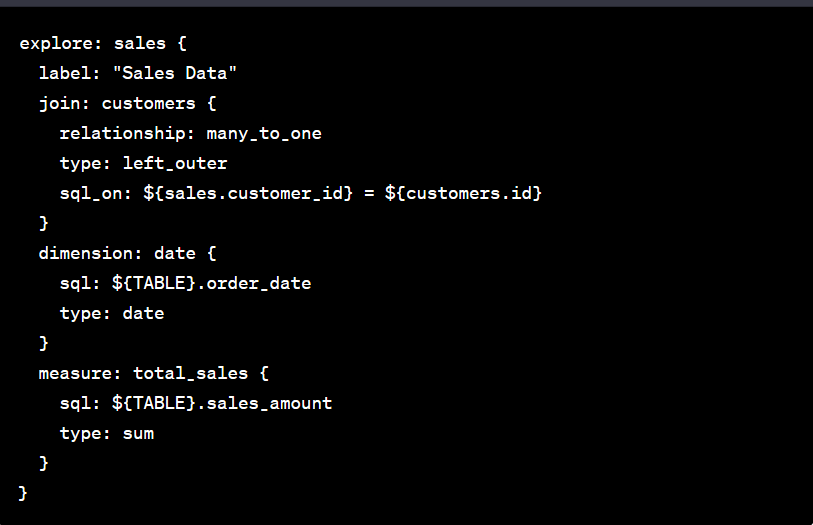Mastering Data Modeling: A Comprehensive Guide with Practical Examples
 Bella Eke
Bella Eke
Data is the lifeblood of today's business world. It drives decision-making, identifies trends, and unlocks opportunities. However, raw data is often messy and complex, making it challenging to derive meaningful insights. This is where data modeling comes to the rescue.
What is Data Modeling?
Data modeling is the process of structuring and organizing data to make it comprehensible, manageable, and valuable. It's the blueprint that transforms a chaotic data landscape into a structured and accessible resource. In this guide, we'll explore the fundamentals of data modeling, provide practical examples, and offer sample scripts to demystify this critical process.
When to Use Data Modeling
Data modeling is used throughout the data lifecycle, from data collection to analysis and reporting. Here are some common scenarios:
1. Data Integration
Imagine you're dealing with data from various sources, such as sales records, customer databases, and website analytics. Data modeling allows you to combine and align this diverse data into a unified format, making it suitable for analysis.
Practical Example: Using Python and Pandas, you can merge data from CSV files, databases, and APIs, ensuring consistency and clarity in your datasets.

2. Data Warehouse Design
Data warehouses are structured repositories of historical data. Proper data modeling is the backbone of a data warehouse. It defines how data is organized, making it efficient for analytical queries.
Practical Example: In Looker, you can create a LookML model to define relationships between tables, dimensions, and measures, enabling a clear understanding of your data

3. Data Analysis
Data modeling is essential for data analysts and scientists. It streamlines data retrieval, ensures data consistency, and facilitates complex calculations.
Practical Example: Using SQL, you can create a temporary table to structure raw data for analysis.

Why is Data Modeling Important?
Data modeling offers a myriad of benefits:
Clarity and Consistency: It brings order to chaos by defining the structure of data.
Efficient Data Retrieval: Structured data is easier and faster to query.
Scalability: As your data grows, your model can adapt to new requirements.
Reduced Errors: Data anomalies and inconsistencies are minimized.
Data Governance: It enforces quality standards and compliance.
Who is Responsible for Data Modeling?
Data modeling is a collaborative effort involving data engineers, data scientists, and business stakeholders. Engineers ensure the technical aspects, scientists define the metrics, and stakeholders provide the context. Effective communication between these roles is crucial for successful data modeling.
Conclusion
Data modeling is the cornerstone of data-driven decision-making. Whether you're wrangling diverse data sources, designing a data warehouse, or preparing data for analysis, a well-structured model is your key to success. With practical examples and sample scripts, you're well-equipped to harness the power of data modeling and unlock the insights hidden within your data.
Don't let your data remain chaotic and unmanageable—embrace data modeling to transform it into a valuable asset.
Happy Modeling!
#DataDose #DataBytes #DataPills #DataModeling #DataAnalysis #Looker #DataScience #DataManagement #DataDrivenDecisions
Subscribe to my newsletter
Read articles from Bella Eke directly inside your inbox. Subscribe to the newsletter, and don't miss out.
Written by

Bella Eke
Bella Eke
I am a data professional known for my unique visual perception skills. My passion lies in unraveling the mysteries of this groundbreaking field and making it accessible to all. I thrive on simplifying the most complex concepts for everyone's benefit. Through the hashtags #DataBytes, #DataPills, and #DataDose, I daily disseminate knowledge, offering bite-sized portions of data insights. My mission is to enhance data literacy, a social responsibility I embrace as a way of giving back to humanity. Join me on this journey towards a data-driven future.